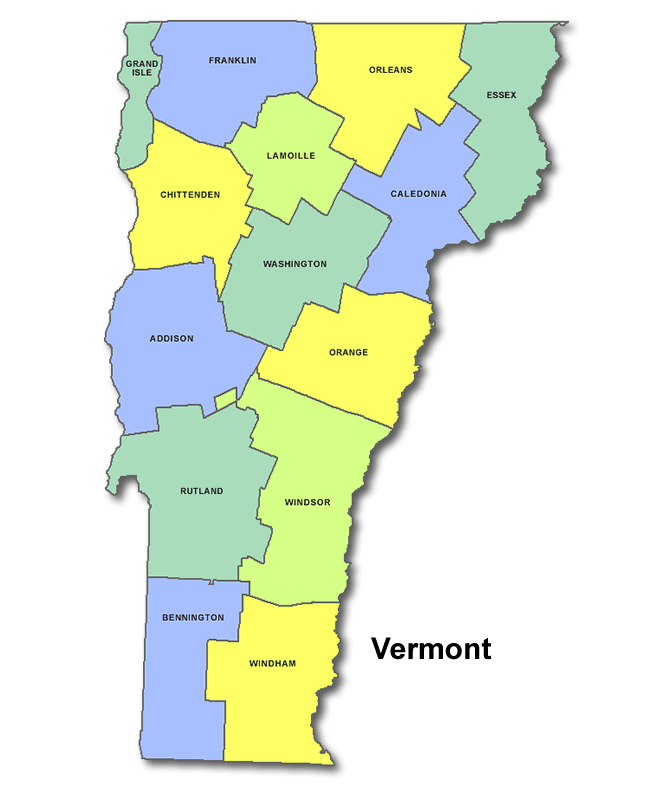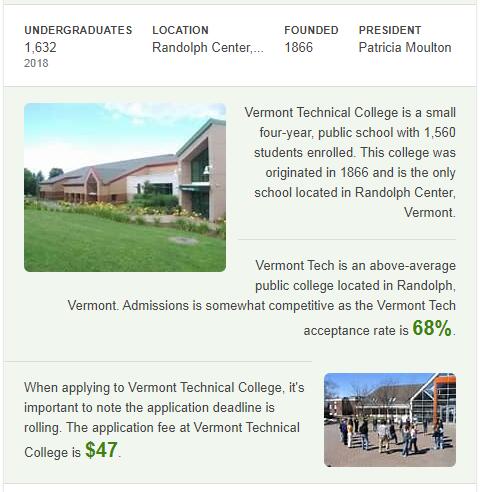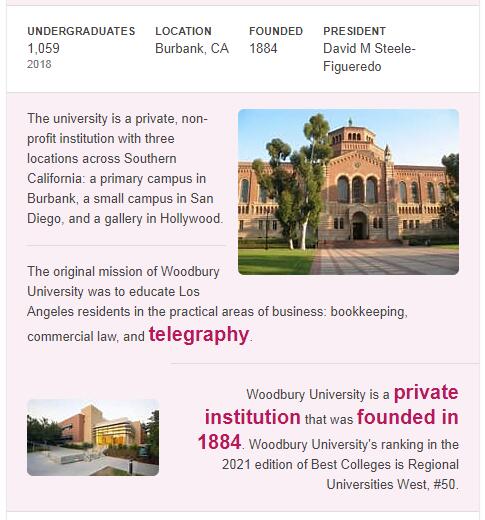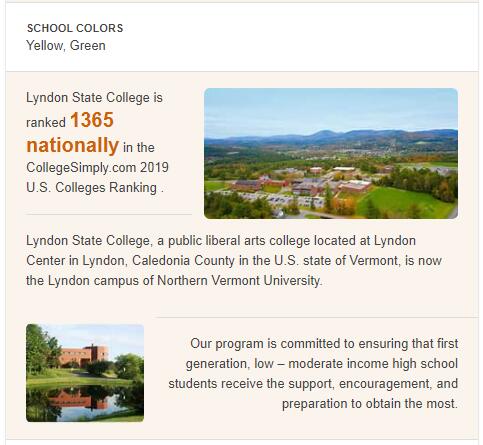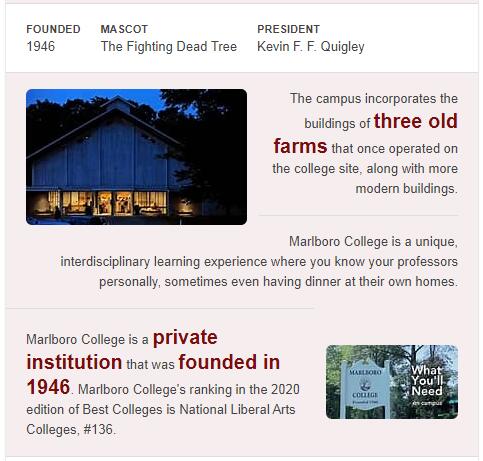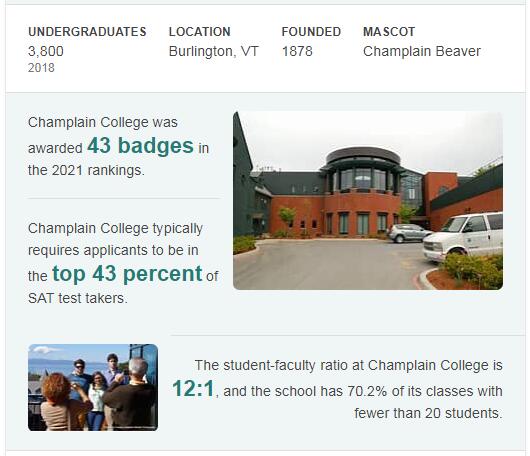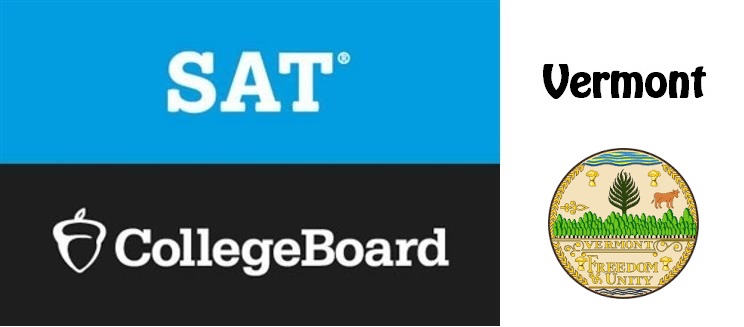The state of Vermont is located in the Northeastern United States and belongs to the states of New England. Vermont is one of the smallest states in the US, with an area of 24,923 km2 (45th in the United States of America).
Vermont borders Canada to the north, New Hampshire to the east, Massachusetts to the south, and New York to the west. Vermont is the only New England state that is landlocked. The state of Vermont belongs to the Eastern Time Zone of the United States. The capital is Montpelier and the largest city is Burlington.
The official state motto is Freedom and Unity. The official nickname is the “State of the Green Mountains” (the word Vermont comes from the French vert mont – “green mountain”).
STATE NAME
The name of the state of Vermont came into English from French, because it was the French who were the first Europeans to settle on these lands.
The word “Vermont” (Vermont) comes from the French vert mont, which means “green mountain”.
On the territory of the state of Vermont, there is a ridge of Appalachians covered with dense forests, which is called the Green Mountains. Obviously, it is in honor of the picturesque mountain landscape that the state of Vermont got its name.
GEOGRAPHY
There are several major physiographic regions within the state of Vermont: the Lake Champlain Valley, the Taconic Mountains, the Green Mountains, the Vermont Valley, Vermont’s Piedmont, and the Northeast Highlands.
In the southwest of Vermont (as well as in the neighboring states of Massachusetts and New York) stretches the Taconic mountain range, part of the Appalachian mountain system. Its highest point is Mount Equinox.
In the northwest of the state lies the valley of Lake Champlain, a vast lowland with fertile lands. To the south (and east of the Taconic Mountains) it passes into the narrow Vermont Valley formed by numerous small rivers and streams.
The Green Mountains stretch across the central part of the state from north to south, into Massachusetts. This is a mountain range that is part of the Appalachians, the highest peak of which is Mount Mansfield (1,340 meters). Due to its characteristic profile, Mount Camels Hump (“Camel’s Hump”, 1,244 meters) is also widely known.
It is in honor of this mountain range that Vermont got its nickname – the “Green Mountain State”.
HYDROGRAPHY
The west bank of the Connecticut River separates Vermont from New Hampshire to the east (the river itself is part of New Hampshire). Vermont’s main lake, Lake Champlain, which is the sixth largest freshwater lake in the United States, separates Vermont from New York State in the northwest.
CLIMATE
The Vermont Territory has a humid continental climate, milder in the Lake Champlain Valley and much more severe in the Northeast Highlands, the so-called “Northeast Kingdom” area. In general, the state is characterized by warm, humid summers, during which the main amount of precipitation falls, and frosty, snowy winters. As a rule, snow in Vermont covers the ground for at least three months, although there are thaws.
The average temperature of the coldest winter month, January, in the central Vermont state capital, Montpelier, ranges from -14°C to -4°C. The hottest summer month, July, is characterized by average temperatures ranging from 14°C to 26°C. In Vermont’s largest city, Burlington, to the west in the Lake Champlain Valley, temperatures range from -12°C to -3°C in January and from 16°C to 27°C in July.
ECONOMY
Vermont is a small state, it occupies the last, fiftieth place among the US states in terms of gross domestic product. Nevertheless, Vermont’s economy is fairly developed, with tourism, agriculture, industry, and mining being its main industries.
The “main” mineral resources of Vermont are marble and granite. In the Rutland area there are deposits of high-quality marble, and the city of Barre is the center of granite mining. It is believed that it is in the “Granite Valley” of Barra that the world’s deepest granite quarry is located – EL Smith Quarry.
In addition, asbestos, shale, sand, gravel, and other building materials are mined in Vermont.
In Vermont, especially in the valley of Lake Champlain, apples are grown, and greenhouse farming is well developed here. The state is increasing the number of extremely popular “organic” farms in the US, which grow organic products.
Vermont provides over a quarter of the nation’s production of maple syrup, one of the traditional foods in the United States. In recent decades, viticulture and winemaking have gradually developed in Vermont.
TOURISM
Primarily for tourists, Vermont hosts a variety of recreational activities such as the Killington Hay Festival or the Street Theater Competition (also known as the Fools’ Festival) and the Burlington Pumpkin Regatta.
The Appalachian Trail, extremely popular with hikers and one of the most famous attractions in the United States, passes through the Green Mountains. This tourist route starts in Georgia, crosses North Carolina, Tennessee, Virginia, West Virginia, Maryland, Pennsylvania, New Jersey, New York, Connecticut, Massachusetts, Vermont and New Hampshire to the most northeastern state of America – Maine.
Largest Counties in Vermont
Once claimed by both New York and New Hampshire, Vermont declared itself an independent republic in 1777 before joining the U.S. in 1791. It has 14 counties. 10 Largest Counties in Vermont 1. Chittenden County County Facts Population: Approximately 170,000…
Read more

